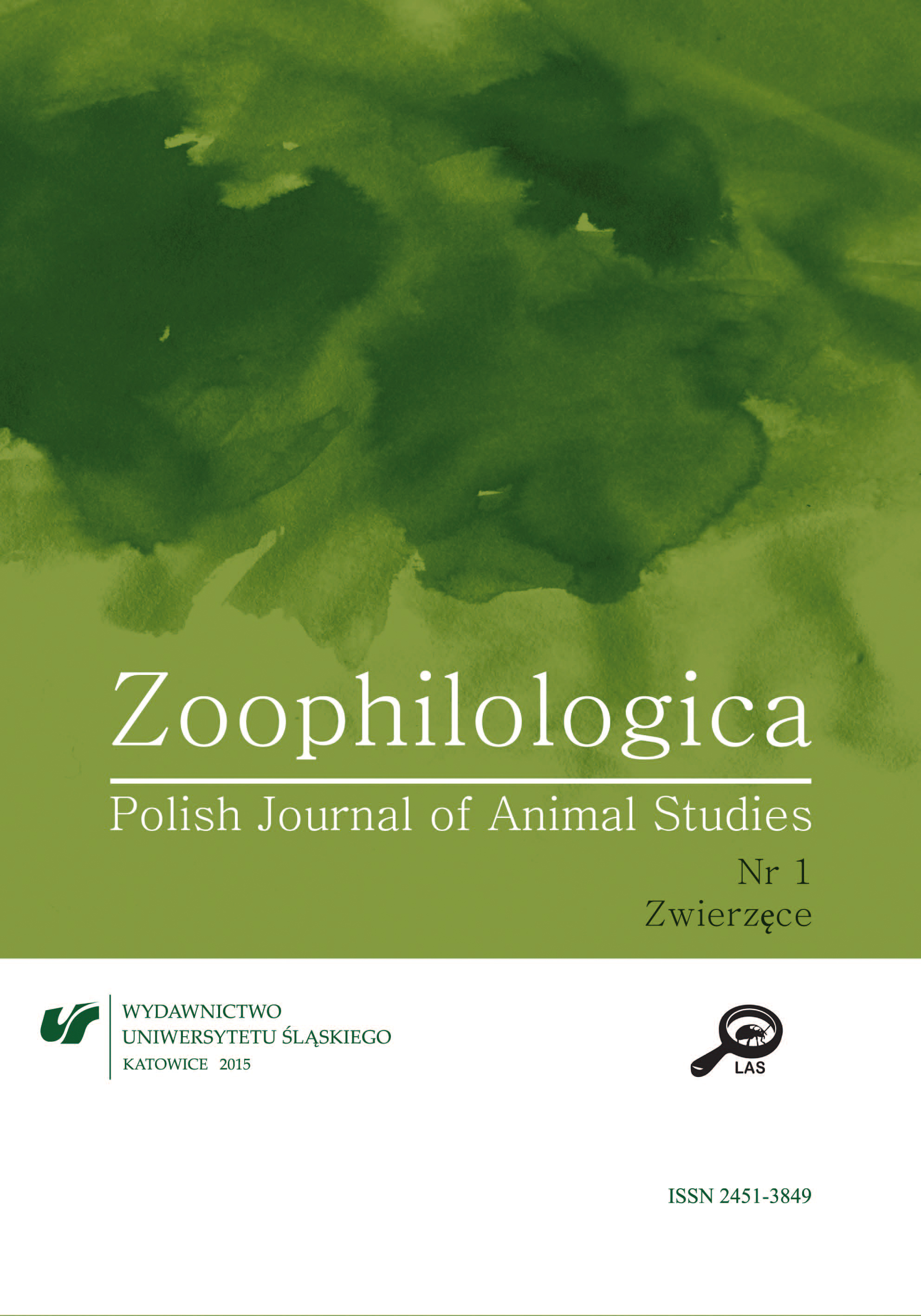Cicho sza. O (nie)ludzkim obliczu blokady Leningradu
Hush. On the (In)human Face of the Siege of Leningrad
Author(s): Beata PawletkoSubject(s): History, Comparative history, Military history, Recent History (1900 till today), WW II and following years (1940 - 1949)
Published by: Wydawnictwo Uniwersytetu Śląskiego
Keywords: border situation; siege of Leningrad; famine; Leningrad Zoo; animal
Summary/Abstract: The main aim of the article is to draw attention to a different hell than that of the Nazi concentration camps, namely, the cruel test of human possibilities, impulses, and reactions that was the Siege of Leningrad. Mass famine, which had a solid scientific basis and proved to be one of the most effective weapons of the 20th century, was again used there. The besieged man, left to his survival instinct, shows an only seemingly (in)human face, which is manifested in eating domestic animals but also in cannibalism (this was a taboo issue for many years). Fortunately, the horrific experiment conducted on the city’s inhabitants revealed also successful, even heroic, attempts to maintain humanity and dignity. One of these is surely the history of the Leningrad Zoo, which functioned as usual during the siege (except for the winter of 1941–1942). It demonstrates not only the importance of bonds between man and animal, but also confirms that, in the face of suffering, famine, and fear, all beings are equal.
Journal: ZOOPHILOLOGICA. Polish Journal of Animal Studies
- Issue Year: 2015
- Issue No: 1
- Page Range: 295-306
- Page Count: 12
- Language: Polish

